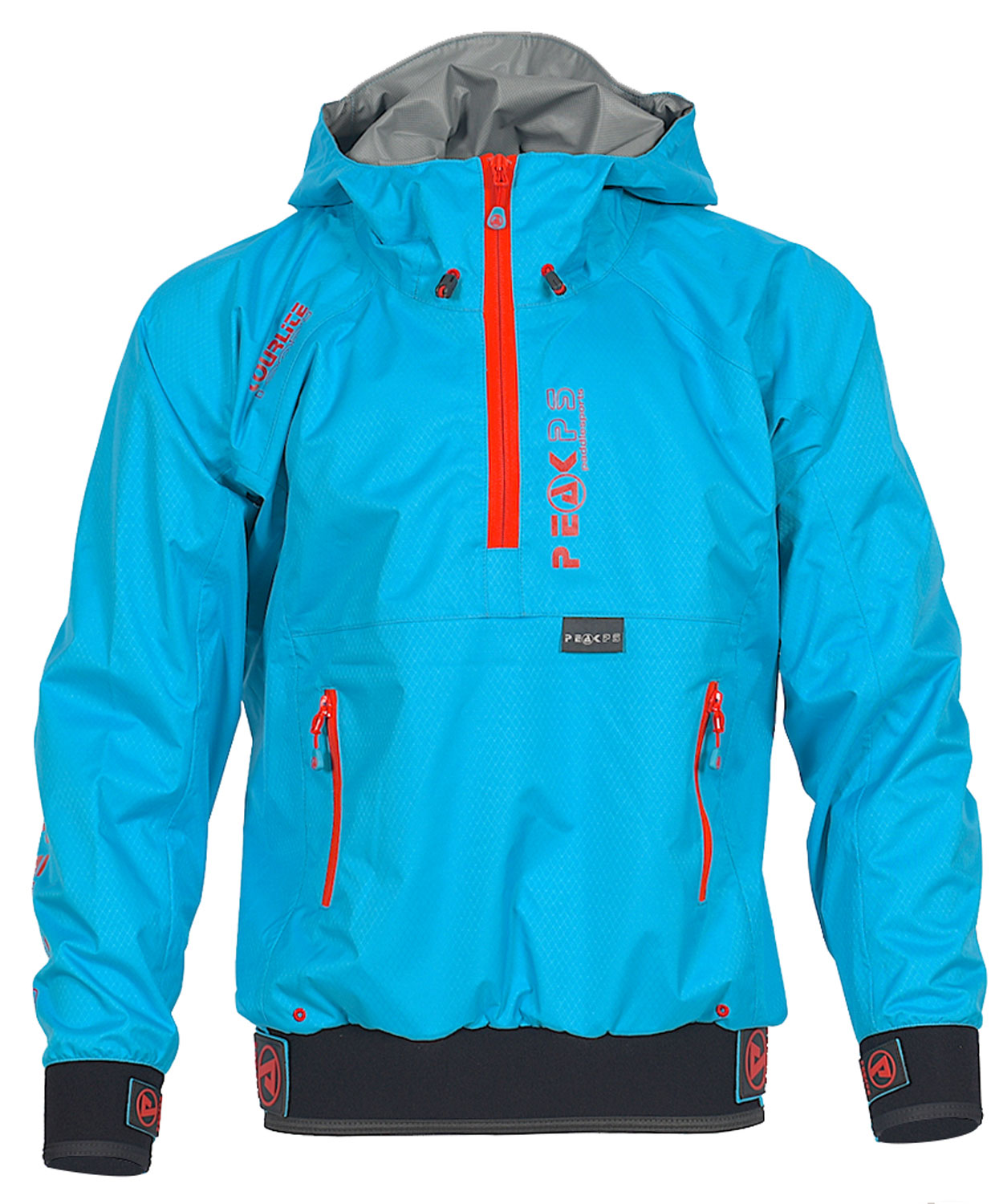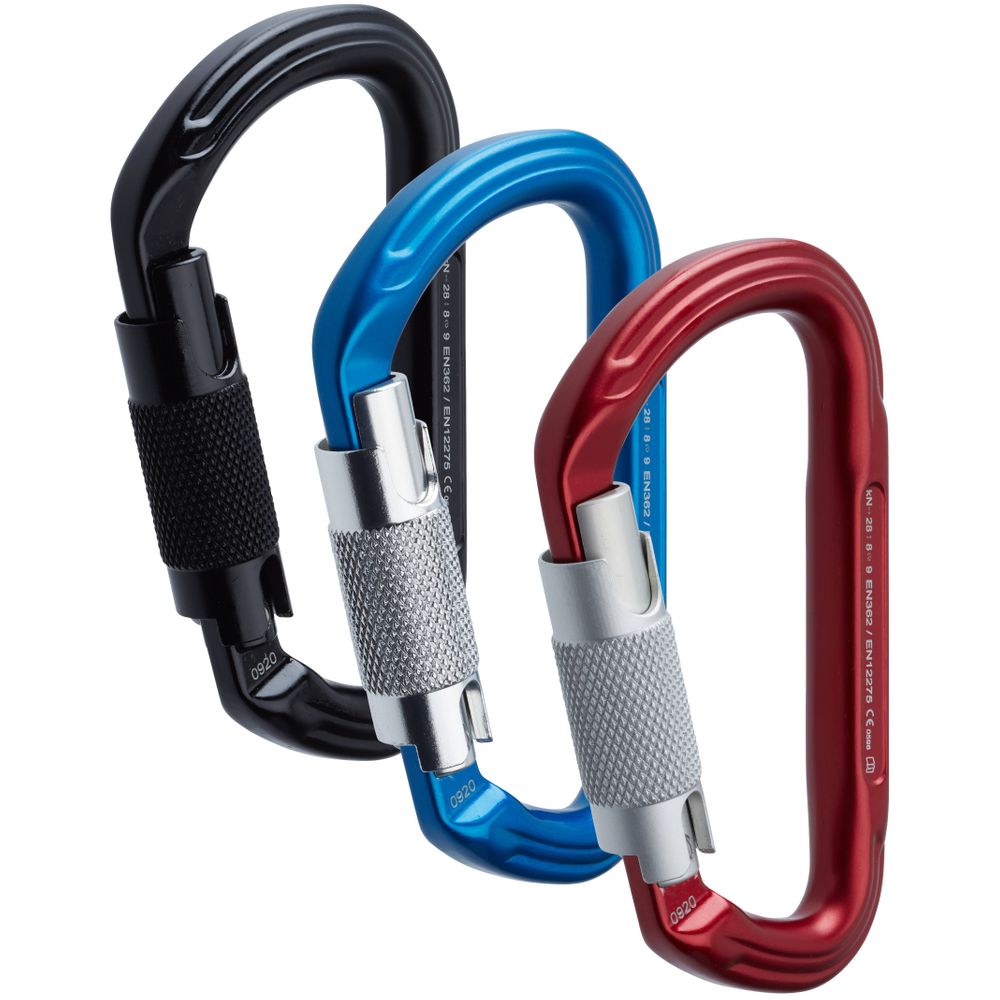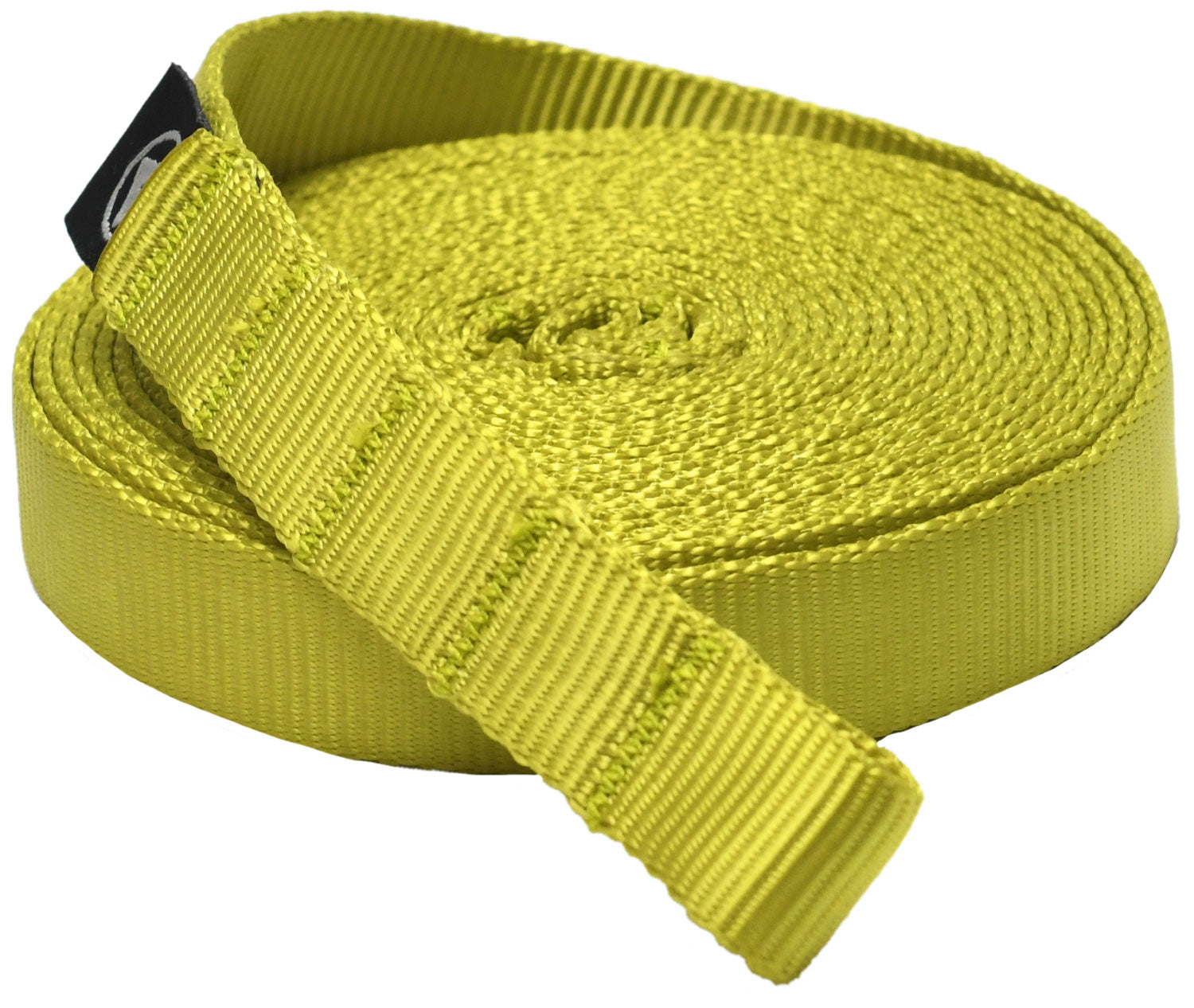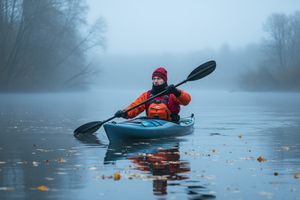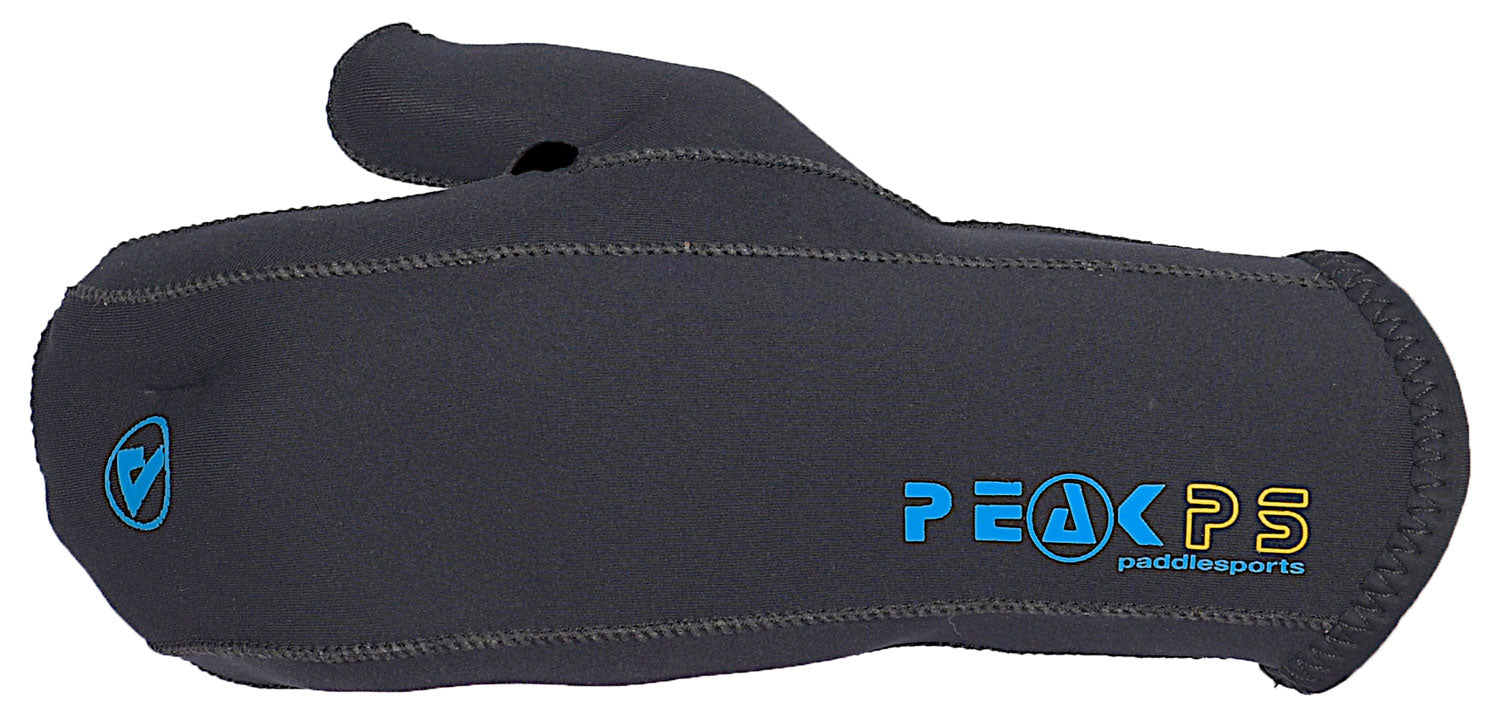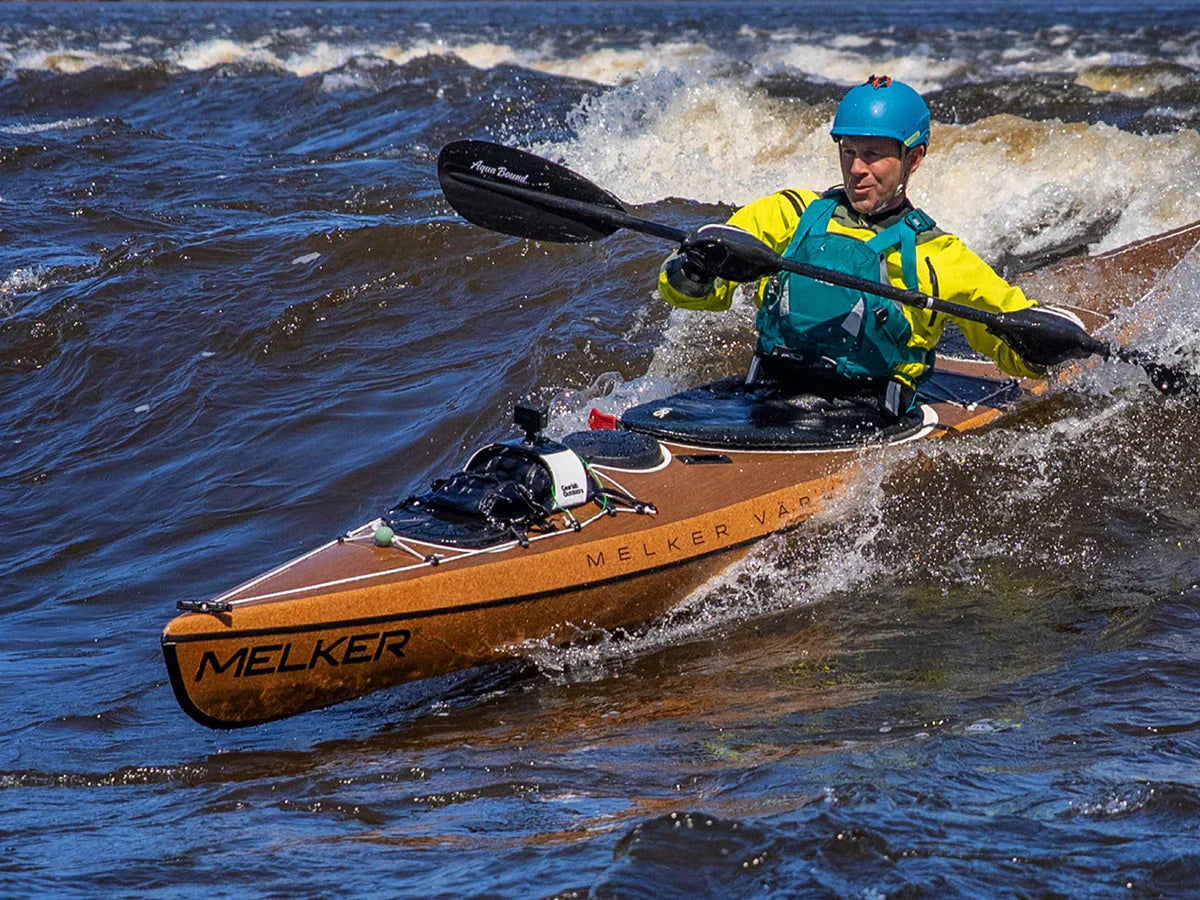Evidence-Backed Safety for Kayaking, Canoeing & SUP
Whether you’re kayaking, canoeing, or out on a SUP, a well-fitted buoyancy aid (PFD) is the single most important piece of gear you can wear. It’s not just about compliance, it’s about giving yourself the best chance of survival, control, and comfort in any situation.
At Flow Kayaks, we’ve understand the importance of how the right PFD makes the difference in safety, plus comfort and manoeuvrability. That’s why we only stock trusted, certified models in our Buoyancy Aids & PFDs Collection.
In our latest post we break down the science, the safety data, and how to make sure yours fits perfectly, we have included some evidence around official UK water-safety guidance.
1. The Research: Proven Life-Saving Effect
Modern buoyancy aids are backed by decades of research showing their life-saving impact.
· A 2024 review published in PM&R Journal found that wearing a PFD reduces the risk of drowning by up to 80% across recreational water activities.
· The U.S. Coast Guard’s Boating Safety Statistics consistently show that over 85% of drowning victims were not wearing a life jacket or buoyancy aid.
· Studies cited by Water Safety Scotland and RoSPA confirm similar trends. PFDs dramatically improve survival odds, especially in cold-shock or capsize situations where even strong swimmers lose control within seconds.
In cold water, your body can lose muscle function in under 60 seconds. A buoyancy aid keeps you afloat even if your strength fades.
Official Source: RNLI Cold Water Shock Research, 2023
2. The Physics: How Buoyancy Aids Keep You Afloat
Buoyancy aids don’t just “help you float”, they work through displacement physics.
The foam or air cells in a PFD displace enough water to keep your head and upper torso above the surface, even when fully clothed or fatigued.
This flotation gives you:
· Time: to self-rescue, roll, or reach shore.
· Energy conservation: reducing exhaustion and risk of panic.
· Thermal protection: by keeping your core higher in the water, slowing heat loss.
That’s why both the RNLI and British Canoeing recommend wearing a buoyancy aid for all paddlesports, even in calm or shallow conditions.
3. Why Cold Water & Fatigue Make a PFD Essential
Most UK paddling environments are cold-water zones for much of the year, even when air temperatures feel mild. Water below 15°C triggers what’s called Cold Shock Response: involuntary gasping, hyperventilation, and loss of motor control.
Research from the University of Portsmouth Extreme Environments Laboratory found:
Even strong swimmers can inhale water and lose coordination within 30 seconds of sudden immersion in cold water.
That’s why Flow Kayaks recommends pairing your PFD with cold-weather gear such as neoprene thermals, drysuits, and gloves (see our Colder Weather Paddling and Keeping Warm guide).
4. UK Safety Regulations & Best Practice
Wearing a buoyancy aid isn’t just common sense, it is part of recognised UK paddlesport safety standards.
According to Paddle UK (formerly British Canoeing) and the Royal Yachting Association (RYA):
· Buoyancy aids are mandatory for all participants in coached or guided paddling sessions.
· A PFD must be CE-marked or ISO-approved to meet UK and EU safety standards.
· PFDs should be fitted snugly, secured properly, and checked before each paddle.
Further guidance is available from:
· RNLI Lifejackets and Buoyancy Aids Explained
· British Canoeing Safety Guidelines
5. Buoyancy Aid Fit & Function Checklist
Before every paddle, run through this simple Flow Kayaks Fit & Function Check:
· Correct Size: Use our size charts or visit our Nottingham store for expert fitting.
· Secure Straps: Tighten shoulder and waist straps so the PFD doesn’t ride up when you lift your arms.
· Zips & Buckles: All closures fastened, with no slack or twist.
· Freedom to Move: You should be able to paddle and rotate freely without the vest shifting.
· Visibility: Bright colour or reflective trim increases your visibility on the water.
· Condition Check: No damaged foam, frayed straps, or salt corrosion on clips.
Pro Tip: Print this list and keep it in your gear bag, it’s a great reminder before launch.
6. Related Safety Gear for Complete Protection
Once you’ve got your buoyancy aid sorted, round out your safety setup with:
· Thermal & Base Layers: for warmth in cold-water conditions.
· Hands & Footwear: to maintain grip and circulation.
· Helmets & Accessories: for impact and head protection.
Together, these layers keep you warm, mobile, and safer so you can paddle with confidence in any season.
7. Final Word: Always Wear It, Always Worth It
Every year, preventable drownings occur simply because paddlers weren’t wearing their buoyancy aids.
The evidence is clear, the physics is simple, and the habit is life-saving.
At Flow Kayaks, we believe wearing a buoyancy aid is non-negotiable for beginners, instructors, and experts alike.
Explore our full range of Kayak Buoyancy Aids & PFDs from leading brands like Astral, Peak PS, NRS & Baltic, all designed for maximum safety, comfort, and performance on the water.
Stay safe. Stay afloat. Paddle smart
FAQs
1. Why is wearing a buoyancy aid (PFD) essential for kayaking, canoeing, and SUP?
A buoyancy aid significantly increases survival chances in the event of capsize or cold-water immersion. Research shows wearing one reduces the risk of drowning by up to 80%, and most drowning victims were not wearing a PFD.
2. What’s the difference between a buoyancy aid and a life jacket?
Buoyancy aids are designed to assist conscious paddlers in self-rescue by providing lift, while life jackets provide greater flotation and are designed to turn an unconscious person face-up. For kayaking, canoeing, and SUP, buoyancy aids offer better mobility and comfort.
3. How should a buoyancy aid fit properly?
It should fit snugly without restricting movement. Tighten shoulder and waist straps so it doesn’t ride up when you raise your arms. Ensure all zips, buckles, and straps are fastened securely.
4. Do I need a buoyancy aid in calm or shallow water?
Yes. Even in calm or shallow conditions, cold shock or fatigue can quickly overwhelm even experienced paddlers. RNLI and Paddle UK recommend always wearing a buoyancy aid during all paddlesports.
5. Are buoyancy aids legally required in the UK?
While not a general legal requirement, buoyancy aids are mandatory during coached, guided, or organised sessions under Paddle UK and RYA guidelines. They must also meet CE or ISO safety standards.
6. How does cold water affect safety when paddling?
Cold water below 15°C triggers Cold Shock Response, rapid breathing and loss of motor control within 30 seconds. A buoyancy aid keeps you afloat, conserving energy and improving survival time.
7. What other safety gear should I use with a buoyancy aid?
Pair your PFD with thermals or drysuits, gloves, proper footwear, and a helmet for maximum protection in cold or fast-moving water. Together these reduce heat loss, improve control, and reduce injury risk.

